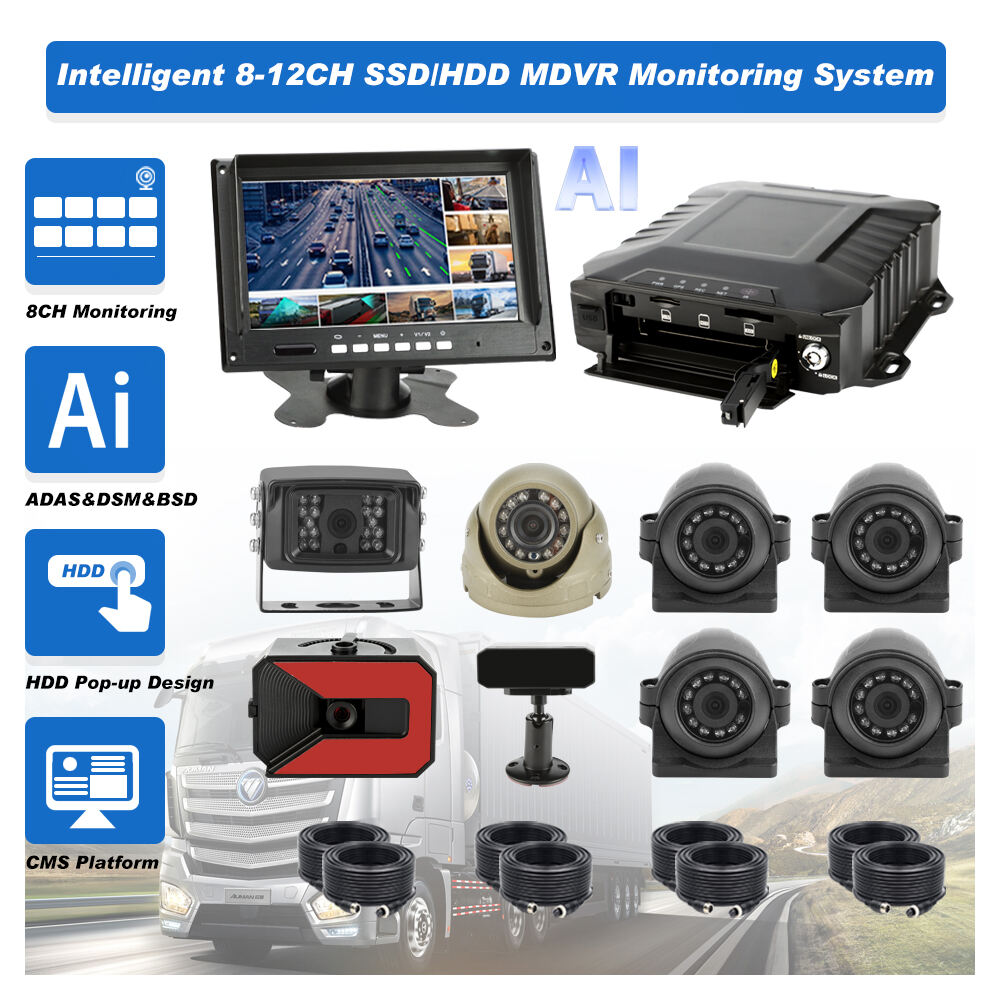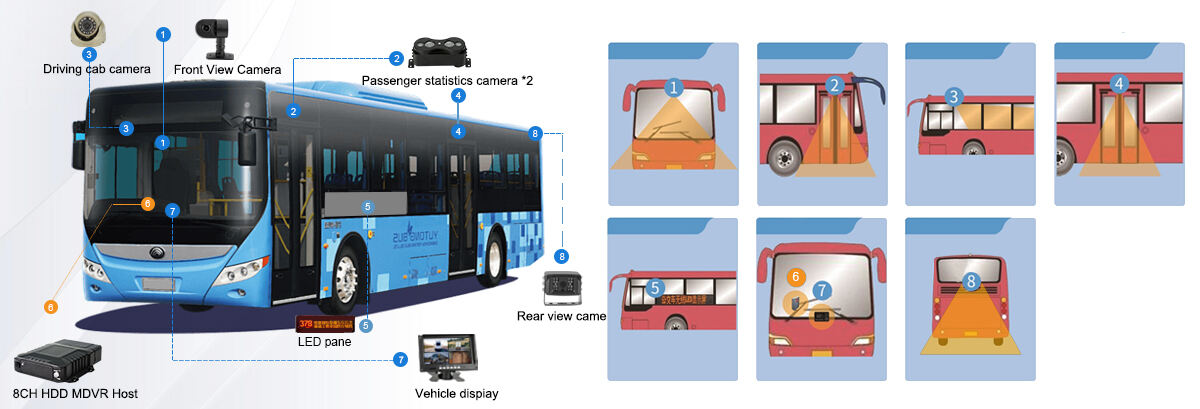vehicle weight sensor
A vehicle weight sensor is a sophisticated measurement device designed to accurately determine and monitor the weight of vehicles and their cargo in real-time. These sensors utilize advanced strain gauge technology or load cell systems to convert physical pressure into electrical signals, providing precise weight measurements. The sensor system typically consists of multiple sensing elements strategically placed beneath the vehicle or integrated into the suspension system. These components work in harmony to deliver comprehensive weight data for various applications. Vehicle weight sensors play crucial roles in fleet management, logistics operations, and regulatory compliance. They help prevent overloading, optimize load distribution, and ensure compliance with road safety regulations. The technology enables continuous monitoring of vehicle weight during loading, unloading, and transit operations, offering invaluable data for operational efficiency. Modern vehicle weight sensors often incorporate wireless connectivity and advanced data processing capabilities, allowing for seamless integration with fleet management systems and providing instant access to weight information through mobile devices or central monitoring stations. The applications extend beyond simple weight measurement to include axle load monitoring, tire pressure optimization, and fuel efficiency improvements based on load conditions.


